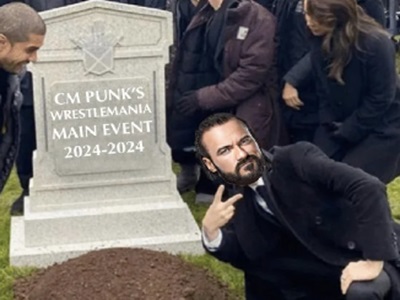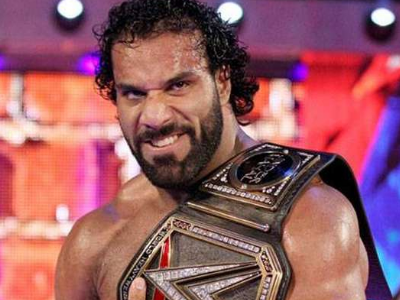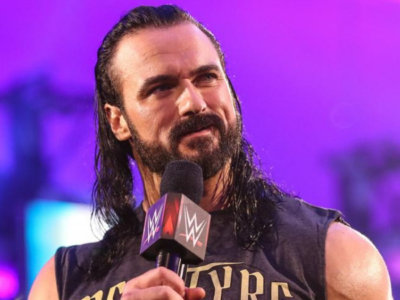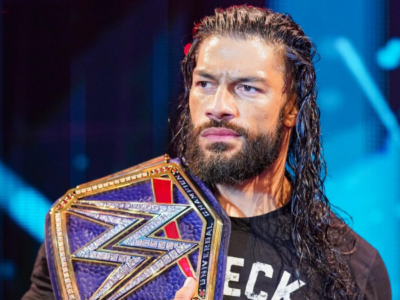The Case for the WWE Championship – WWE’s Confusing Title Picture
Now that Roman Reigns has been gifted a new title belt to commemorate his more than 1,000 days as WWE Universal Heavyweight Champion, one has to wonder what is going to become of the WWE Championship, which has a richer history than any other belt in the company, including the Intercontinental Championship and the United States Championship.
As a quick review, the predecessor to the WWE Championship was created in 1963 when then-World Wide Wrestling Federation left the National Wrestling Alliance and established Buddy Rogers as its champion.
Since 2001 and the fall of WCW, the title has undergone a series of confusing and head-scratching unifications and iterations, along with various redesigns. The WCW Championship and three other titles were brought over to WWF, and when WWF’s team won its match at Survivor Series 2001, the WCW title name was simply changed to the World Championship.
WCW’s top title dates back to January 1991 when Ric Flair beat Sting, and for a period, Flair held both the WCW title and the NWA title, which WWE acknowledges as the “big gold belt” that was originally commissioned by Jim Crockett Promotions to be made in 1985. The WCW Championship was held by the likes of Kurt Angle, Booker T and The Rock before Chris Jericho famously beat both The Rock and Stone Cold Steve Austin on Dec. 9, 20001, at Vengeance to essentially unify the belts.
While the WCW Championship was placed in the dustbin of history, the NWA title lived on in the form of the Undisputed WWF Championship, and Jericho held both WWF title and the “big gold belt” until the titles merged into a single championship that was presented to Triple H in April 2002.
Brock Lesnar, who was champion during the brand split and rebranding period, contested Triple H’s claim to a world title match and signed a deal to appear only on Smackdown. Raw General Manager at the time, Eric Bischoff, claimed the championship was now “disputed” and introduced the World Heavyweight Championship, which would carry the lineage of the NWA championship.
The WWE and World Heavyweight titles were unified at TLC on Dec. 15, 2013, in Houston when Randy Orton beat John Cena to become the last person to hold the latter championship. On the Aug. 18, 2014, edition of Raw, Lesnar was presented with one redesigned belt, now called the WWE World Heavyweight Championship, which was similar to the belt The Rock originally introduced the previous year.
After the introduction of the Universal Championship in 2016, Roman Reigns then unified the WWE Championship and the Universal Championship at Wrestlemania 38 to create the laboriously named Undisputed WWE Universal Championship, and up until a few days, he carried the belts to represent both lineages as the shortened WWE Universal Championship.
Now that we’ve got all that straight — I think — WWE has muddied the championship waters yet again.
Saying that the WWE should be represented by a fighting champion, one that defends the title against all comers, Triple H introduced a new belt, also called the World Heavyweight Championship, which Seth Rollins won at Night of Champions by defeating A.J. Styles. And then, on the most recent episode of Smackdown!, Triple H presented Reigns with the new Undisputed WWE Universal Championship. The gold-ish belt, which looks strikingly similar to all the other homogenized corporate logo belts in WWE’s collection, still, apparently carries the legacy of both titles.
Technically, then, the company now has three distinct world titles, one with a 60-year history, one that was hatched out of thin air seven years ago and another that just emerged from the creative braintrust last week. The championship with the only real history in the company, if we’re going by appearances alone, has seemingly been subsumed, and even before it was physically removed from TV, it was, inexplicably, made to look inferior to the Universal Title by various booking decisions.
Even though the company still recognizes the WWE Championship and lists it on its official website, it has, sadly, taken a backseat, literally and figuratively, and will remain unrepresented, except on paper, for the foreseeable future.
In a perfect world, WWE would have only one world championship to be defended on both brands, similar to Lesnar’s reign in the early 2000s, but the brand split and WWE’s insistence, or the networks’ insistence, on each show having its own title has devalued the championships and made the title picture, once again, a confusing, convoluted mess.
Reigns eventually losing one or both of the titles is going to be a marquee moment in WWE history, but at some point, the WWE Championship, the one with only legitimate legacy, needs to be severed from the Universal Title and stand on its own as the top prize in the company and finally booked in a way that reflects its storied past.








